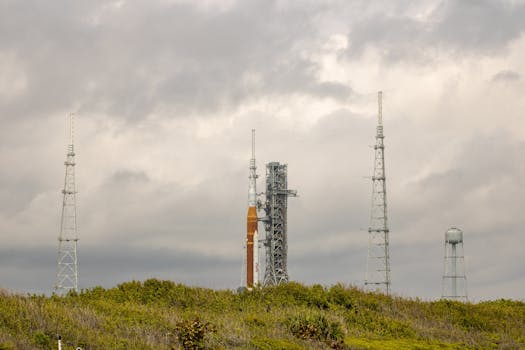From Ground to Sky: The Evolution of Satellite Telecommunications Technology

Satellite Telecommunications technology has come a long way since its inception, transforming the way we communicate and access information. From its humble beginnings to the current state of advanced satellite systems, the evolution of satellite telecommunications has been remarkable. In this article, we will delve into the history, current state, and future of satellite telecommunications technology, exploring its impact on our daily lives and the world at large.
The history of satellite telecommunications dates back to the 1960s, when the first commercial satellite, Intelsat 1, was launched in 1965. This marked the beginning of a new era in telecommunications, enabling global communication and connectivity. The early satellites were primarily used for television broadcasting, telephone services, and data transmission. As technology advanced, satellites became more sophisticated, with the introduction of geostationary satellites, which remain stationary above a fixed point on the Earth’s surface, providing continuous coverage.
The 1980s saw the emergence of mobile satellite systems, which enabled communication on-the-go. The first mobile satellite phone call was made in 1987, marking a significant milestone in the evolution of satellite telecommunications. The 1990s witnessed the launch of the first satellite internet services, providing internet access to remote and underserved areas. This was a major breakthrough, as it enabled people in these areas to access information and communicate with the rest of the world.
Today, satellite telecommunications technology is more advanced than ever. The launch of high-throughput satellites (HTS) has enabled faster and more efficient data transmission, making it possible to provide high-speed internet access to even the most remote areas. The use of satellite constellations, such as those launched by companies like SpaceX and OneWeb, is set to further transform the satellite telecommunications landscape. These constellations consist of hundreds or even thousands of small satellites, working together to provide global coverage and high-speed internet access.
The current state of satellite telecommunications is characterized by the increasing use of satellite technology in various industries, including aviation, maritime, and land mobility. Satellite-based navigation systems, such as GPS, have become essential for transportation and logistics. The use of satellite-based Earth observation systems has also become increasingly important for monitoring climate change, managing natural resources, and predicting weather patterns.
The future of satellite telecommunications holds much promise, with the development of new technologies and the launch of new satellite systems. The use of quantum cryptography and artificial intelligence is expected to enhance the security and efficiency of satellite communications. The emergence of 5G and 6G networks is also set to further transform the satellite telecommunications landscape, enabling faster and more reliable communication services.
In addition to the technological advancements, the satellite telecommunications industry is also experiencing significant changes in terms of regulation and policy. The increasing use of satellite technology has raised concerns about spectrum management, space debris, and cybersecurity. As a result, regulatory bodies are working to establish new guidelines and standards for the use of satellite technology, ensuring that it is used responsibly and sustainably.
In conclusion, the evolution of satellite telecommunications technology has been remarkable, transforming the way we communicate and access information. From its humble beginnings to the current state of advanced satellite systems, satellite telecommunications has come a long way. As we look to the future, it is clear that satellite technology will continue to play a vital role in shaping our world, enabling global connectivity, and providing access to information and services.
As the satellite telecommunications industry continues to evolve, it is essential to consider the social and economic implications of this technology. The use of satellite technology has the potential to bridge the digital divide, providing access to information and services to underserved communities. However, it also raises concerns about the digital divide, as those with access to satellite technology may have an advantage over those without. Furthermore, the increasing reliance on satellite technology also raises concerns about the environmental impact of space debris and the potential for cyber attacks.
Despite these challenges, the future of satellite telecommunications is bright, with many opportunities for growth and innovation. As we continue to push the boundaries of what is possible with satellite technology, it is essential to consider the social, economic, and environmental implications of this technology, ensuring that it is used responsibly and sustainably.